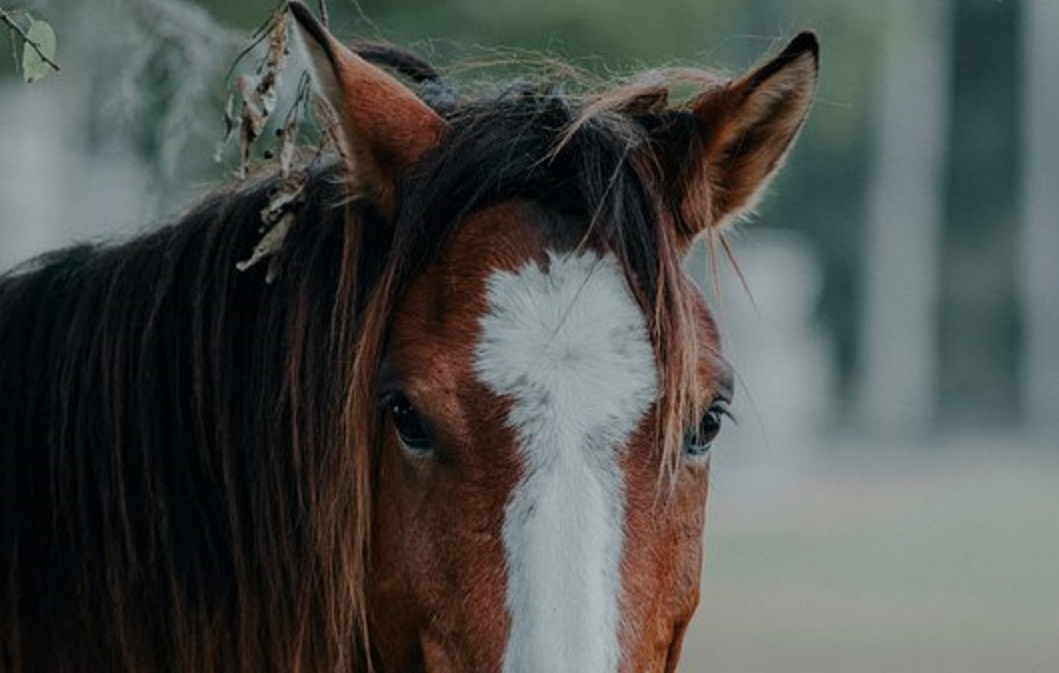Horse Health Articles
Tips For Safe and Healthy Seasonal Feed Changes
Wed Sep 24Fall horse pasture is an economical source of equine nutrition, but the lush grass of cooler weather can cause founder and digestive upset. If your horse has trouble with early spring grasses, fall growth can also cause problems.
Your horse needs time to adjust to the changes brought on the new season. Pasture changes, supplemental hay and grain feedings and fallen leaves can play havoc with your horse's digestive tract.
1. When switching from pasture to a hay-based diet, do so gradually. Make changes in hay gradually, replacing from 10 to 25 percent of the old hay with the new variety; increase every three days.
2. If you choose to supplement with grain, introduce small amounts slowly, no more than 1 pound per feeding. Do not feed more than 4 pounds of grain at one time.
3. Be aware that cool or wet weather can change the nutritional balance of fall grasses.
4. When making any dietary changes, watch for signs of digestive upset. Be alert for gas, mild stomach distention, diarrhea or full blown colic.
5. As pasture quality and quantity decreases, your horse may begin to sample other plants. Plant poisonings increase in the fall, so watch carefully for signs of toxicity. Different plants cause different symptoms, so be familiar with common poisonous pasture plants.
6. Some plants become more toxic in the fall, including horse nettle, white snakeroot and perennial ryegrass fungus. Acorns consumed in large quantities can also cause problems.
7. Finally, don't dump large quantities of raked leaves into your horse pasture. Horses like freshly raked leaves, but the leaves are dense and can compact in the horse's digestive system and cause compaction colic. There's also the risk that the leaves may contain toxic species like Red Maple or Black Walnut.
Take advantage of the health benefits and cost savings of fall horse pasture, but be on the lookout for potential digestive upsets.

Horses Can See Emotions in Our Face and Voice–and Have a Preference, Reveals New Study
Wed Aug 24Horses have incredible sensitivity to not only outward human emotions such as joy and anger, but also inward, low arousal emotions like sadness, a new study shows.
This emotional sensitivity isn’t limited simply to facial expressions, but extends to the sounds coming from the individual whom the horse is observing as well.
Perhaps even more than other domestic animals like dogs, horses are incredibly tuned in to their environment. They’ve not only been selected for close cooperation with humans, but are herd animals of prey. As such, changes in the emotional contours of their surroundings are about the most important thing for a horse to be able to detect.
A Finnish-French study wanted to investigate whether horses were able to discern sadness in human faces, and also whether the animals were able to detect emotional content by sounds.
“Sadness is an intriguing emotion, as it is not only negatively charged but also represents a low arousal state. Previous studies have demonstrated that horses respond to high arousal emotions, like anger or joy,” explained Plotine Jardat, lead author of the study and doctoral researcher at the University of Tours.
“However, can they also detect cues of low arousal emotions, like sadness? We wanted to investigate whether horses can associate human expressions of sadness with the corresponding sounds, as they do with joy and anger.”
In the study, they showed a horse an image of a joyful face and a sad face along with sounds and tones associated with human joy or human sadness.
When sad tones were accompanied by a sad face, or joy with joy, the horses could quickly change their focus, but when a joyful face was matched with sorrowful sounds or vice versa, the horses were deemed to be confused, because their attention remained fixed on the images for much longer.
“This is intriguing because it would mean that when horses observe our faces and hear our voices, they do not perceive them as separate stimuli, but can integrate them across different sensory modalities,” Océane Liehrmann, a doctoral researcher from the University of Turku, told the times.








